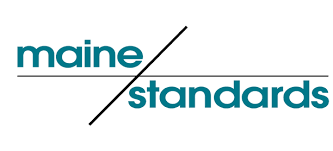Qualitative tests produce binary results, usually positive or negative. This presents a challenge for serological testing, since most of it is qualitative. Positive or negative results are determined in relation to a threshold value or cutoff. This cutoff, the line between positive and negative, is the medical decision point.
It’s critical that this point is consistently accurate at the lower limits of detection, where positive becomes negative. Without precision at the lower levels of positive results, laboratories may not feel confident in the results they present. Do they have a higher number of false positives or false negatives than they should?
One way to increase accuracy is with low-positive controls, which are designed to be weakly reactive and can identify performance issues at the lower limits of detection. Using independent (third-party) controls for serology testing is considered best practice, including with tests that provide manufacturer supplied controls. A considerable advantage of independent controls is that they work across kit lots. These controls aren’t prejudiced because they aren’t created to work only with a specific instrument, kit or method.
Are there really instances where a low-positive control would make a significant difference? We recently examined three realistic scenarios in a white paper titled The Importance of Low-positive Serology Controls. (Download it below.)
- Scenario 1: An assay’s performance is degrading, but values don’t shift significantly with a control with a high analyte concentration.
- Scenario 2: An IVD assay kit’s calibrator is degrading, but the in-kit control won’t detect changes.
- Scenario 3: A lab has moved to a new lot of a manufacturer’s assay kit, which has reduced sensitivity that the in-kit controls won’t identify.
In each of these cases, an independently manufactured low-positive control would provide an early warning. You’d see a shift in reported results immediately, alerting laboratory staff to a trend that needs to be corrected. The ability to further define the line between positive and negative translates into fewer compromised results and greater confidence that your assays and your laboratory are operating at peak performance and reporting out accurate results.
How can we help?
LGC Clinical Diagnostics ACCURUN® controls are specially formulated to exhibit weak reactivity in true patient-like matrices to pressure-test assay performance near critical clinical decision points. ACCURUN independent controls offer sensitive detection of subtle shifts in testing trends and mitigate the risk of reporting false results.
Learn more about the many advantages of independent controls by downloading the white paper titled The Importance of Low-positive Serology Controls.
Talk with an LGC Clinical Diagnostics representative today by calling
1-800-377-9684.






.png)

